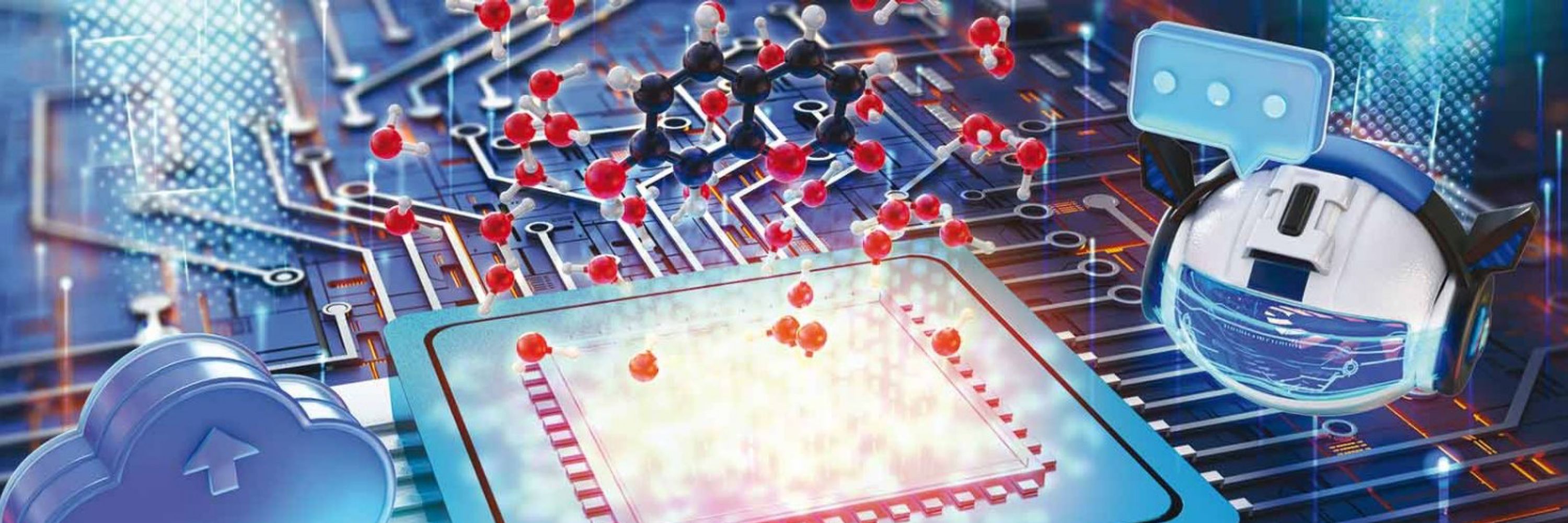

doi.org/10.1021/acs....

doi.org/10.1021/acs....




Our front cover this week features Fang Liu et al 🤩
'Chatbot-assisted quantum chemistry for explicitly solvated molecules'
🔗 doi.org/10.1039/D4SC...
#ChemSciCovers
#chemsky

Link to our article: doi.org/10.1039/d4sc...

Link to our article: doi.org/10.1039/d4sc...
pubs.acs.org/doi/10.1021/...

pubs.acs.org/doi/10.1021/...


